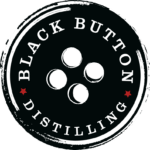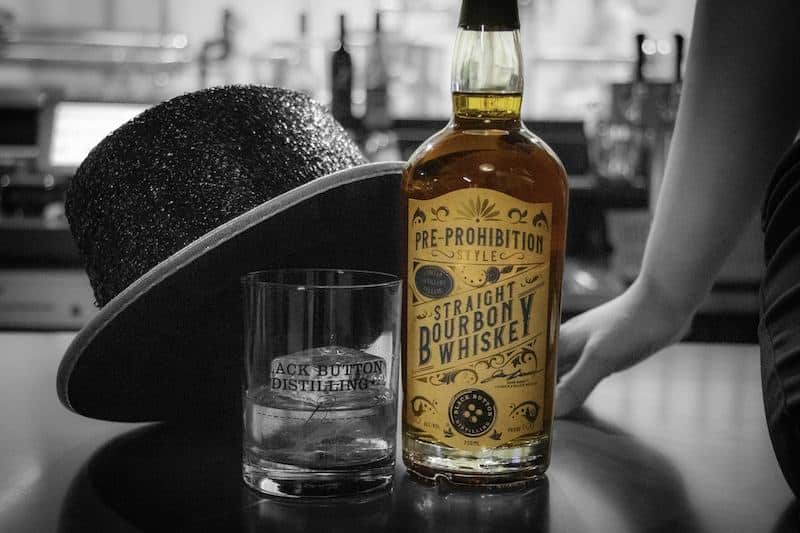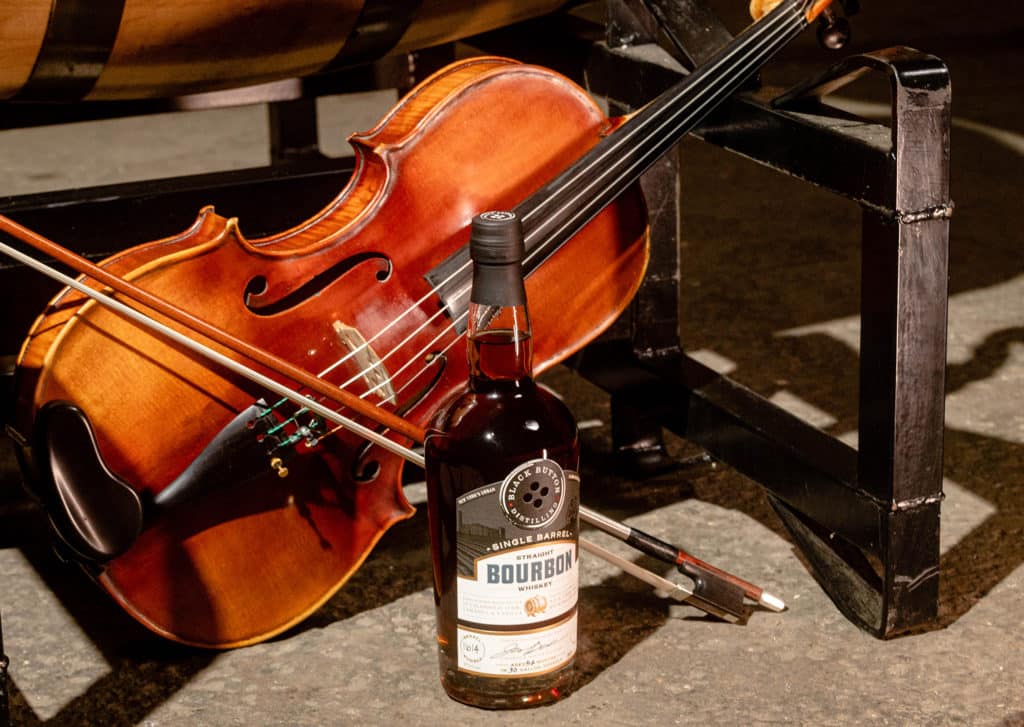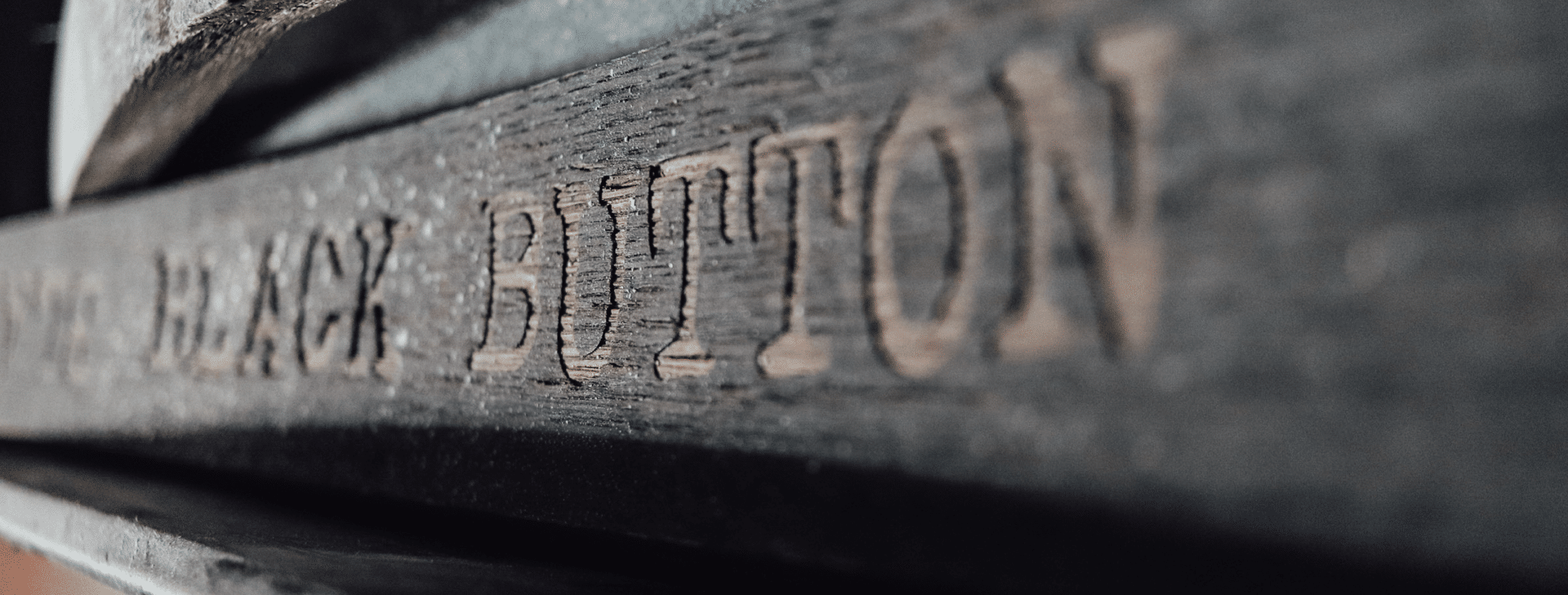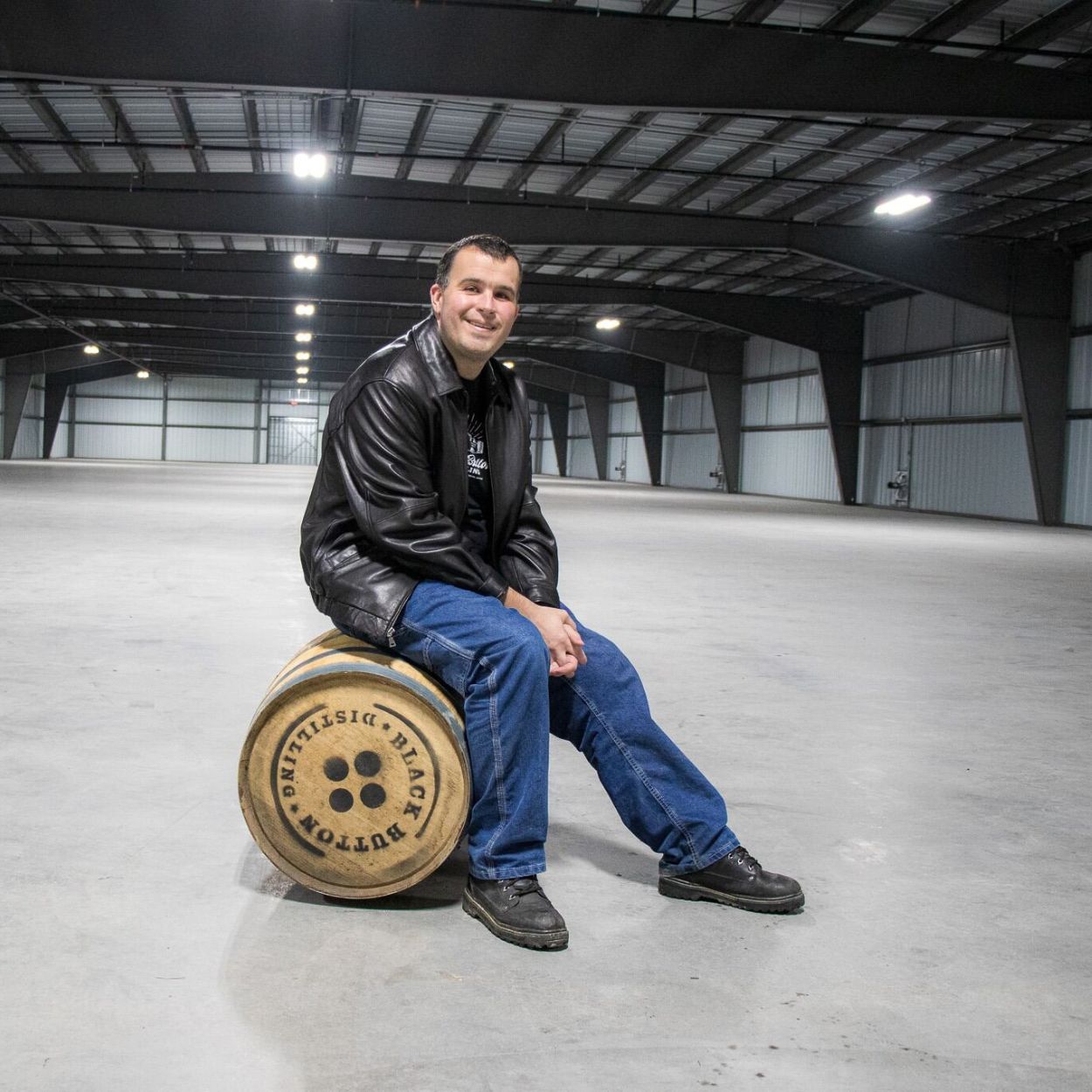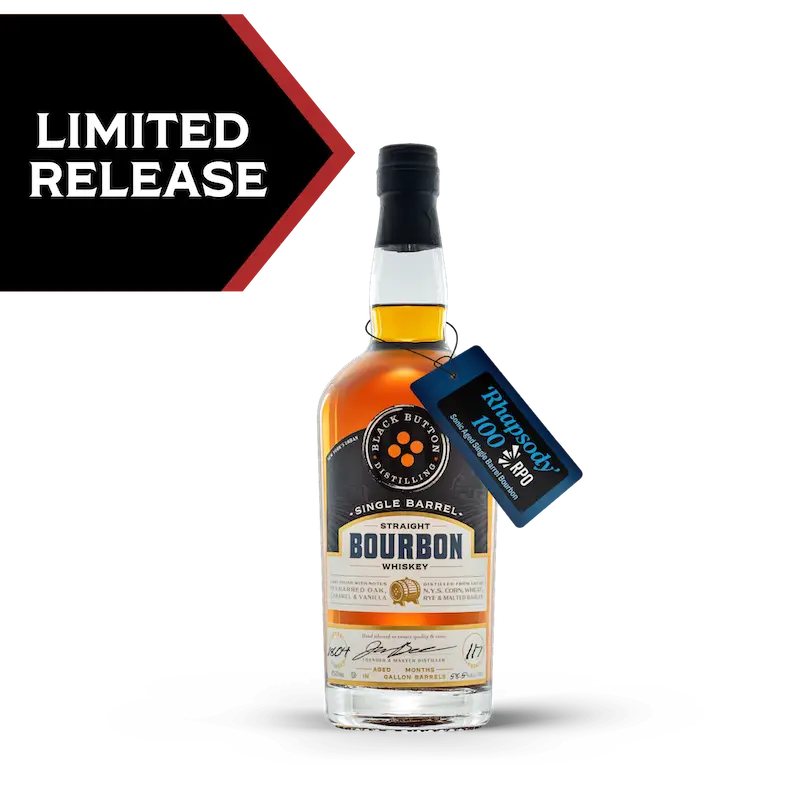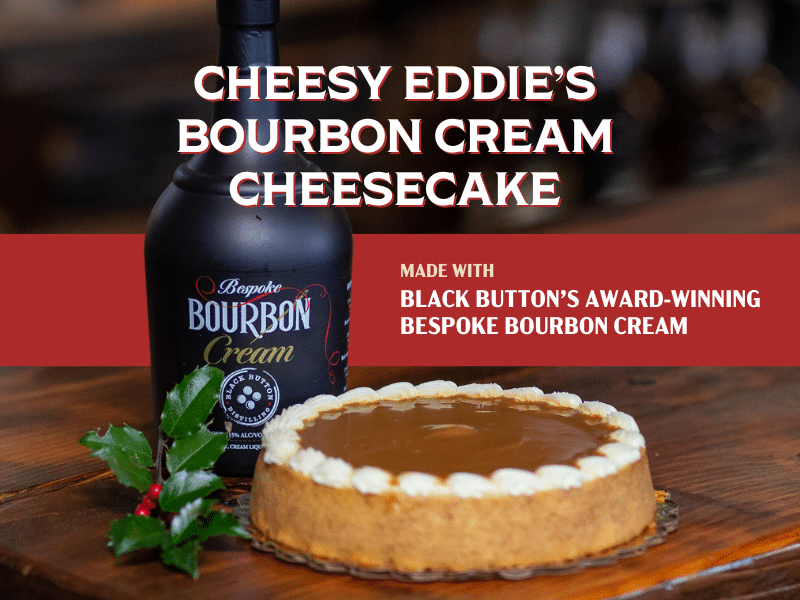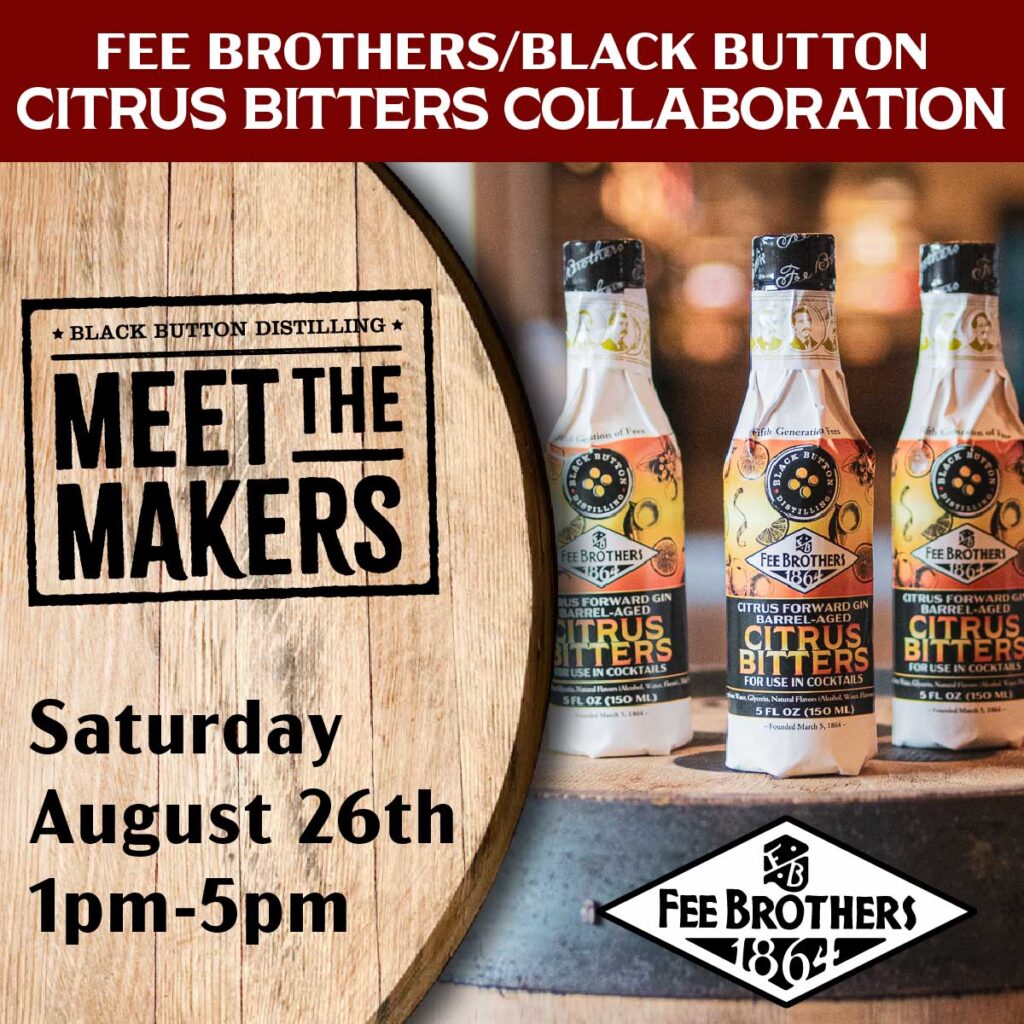“In 1917, President Woodrow Wilson issued a temporary ban on booze to save grain for food production during WWI. Three years later, Congress made it official when the 18th Amendment came into effect. For almost 14 years, that grand experiment banned the production, importation, transport, or sale of liquor for consumption. It also proved impossible to enforce, leading to the covert boozing that has now been thoroughly co-opted by Hollywood: Where would movies be without the advent of bootlegging, speakeasies, moonshine and the gangsters who profited from all three?” — Maggie Bullock, CNN
A LOCAL PROHIBITION WHISKEY HISTORY LESSON
“In addition to spawning a pirate industry of alcohol manufacturers in Rochester, Prohibition also witnessed the development of a league of alcohol smugglers. Rochester’s lake access and proximity to Canada, where alcohol still flowed freely, turned the city into a major bootlegging hub.” – Emily Morry, Local History ROCs
Many Rochesterians took alcohol production into their own hands after the 18th Amendment took effect in January of 1920, sparking constant raids throughout the city. The Rochester Police Department, Federal Marshalls and the Monroe County Sheriff’s Office confiscated prohibition whiskey to be disposed of in the city’s sewers. Hundreds of thousands of gallons of alcohol were dumped into the depths of our city, never to be consumed.
“While former saloons and restaurants formed the bulk of Rochester’s alcohol dispensaries, speakeasies also sprung up in a range of commercial and residential properties throughout the city. Apartments, houses and garages served as makeshift barrooms as did hotels, social clubs, barber shops, cigar stores and groceries. One 1931 raid uncovered half a barrel of beer in a Monroe Avenue establishment fronting as a bookstore.” – Emily Morry, Local History ROCs

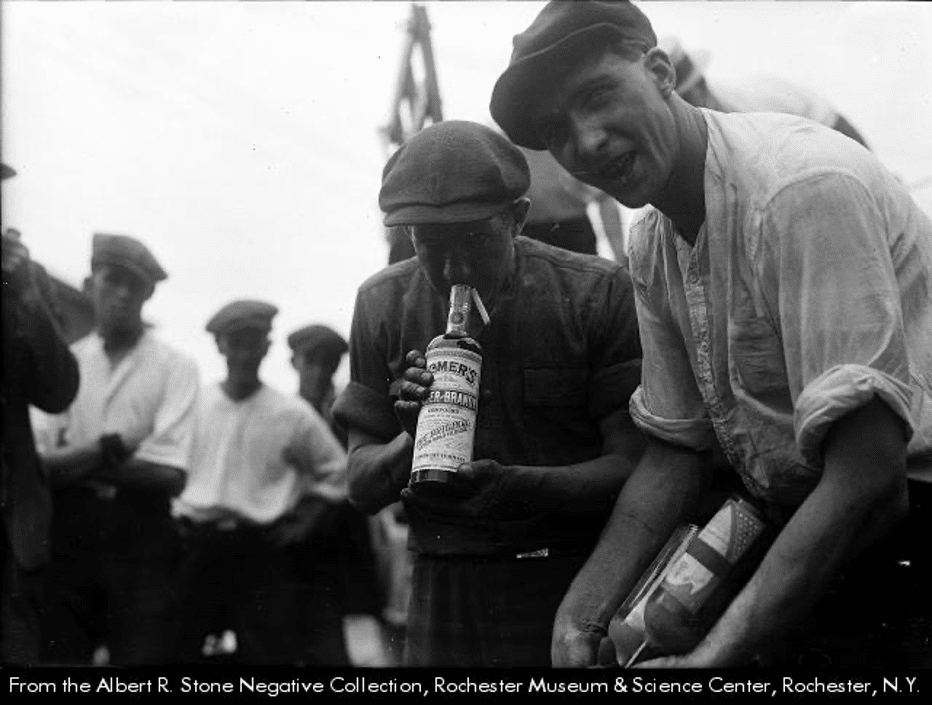
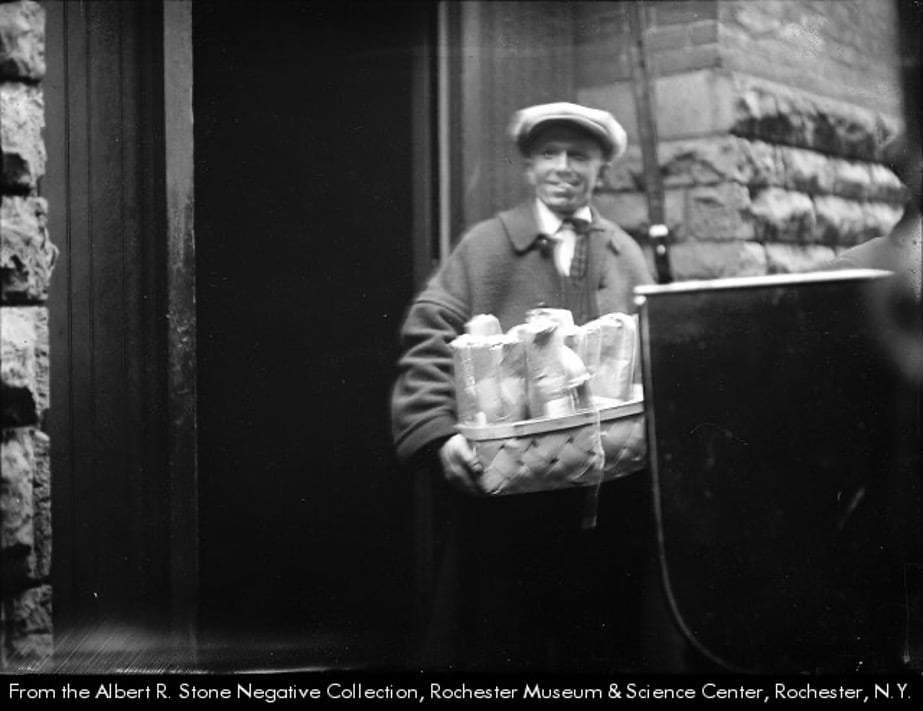
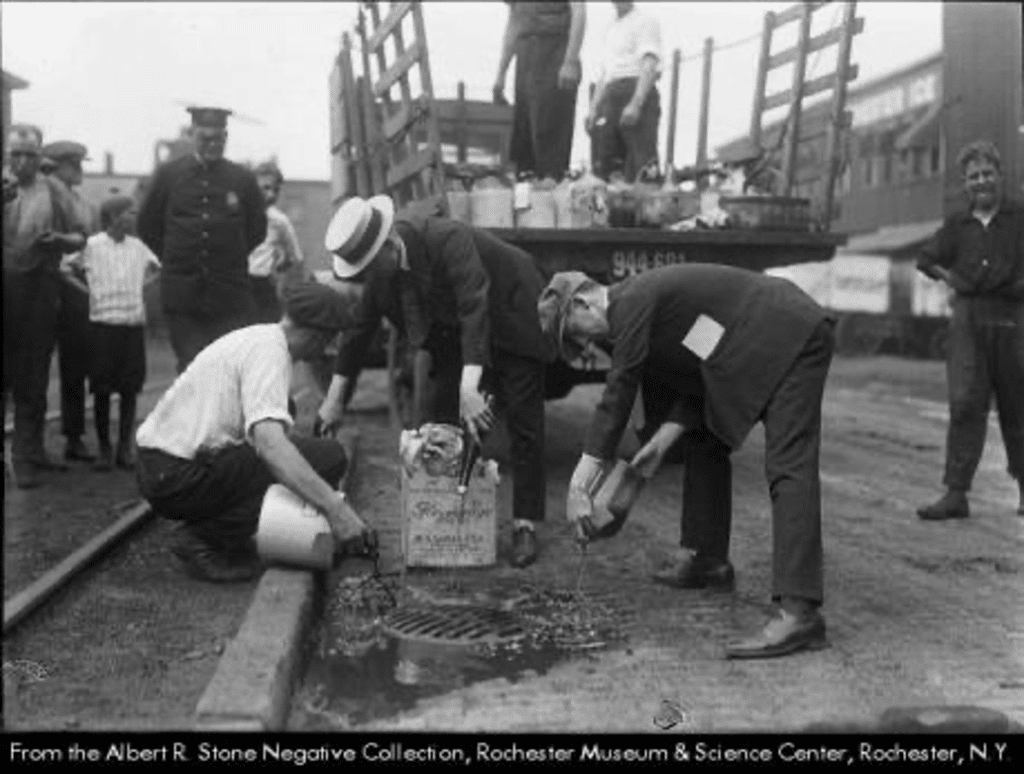
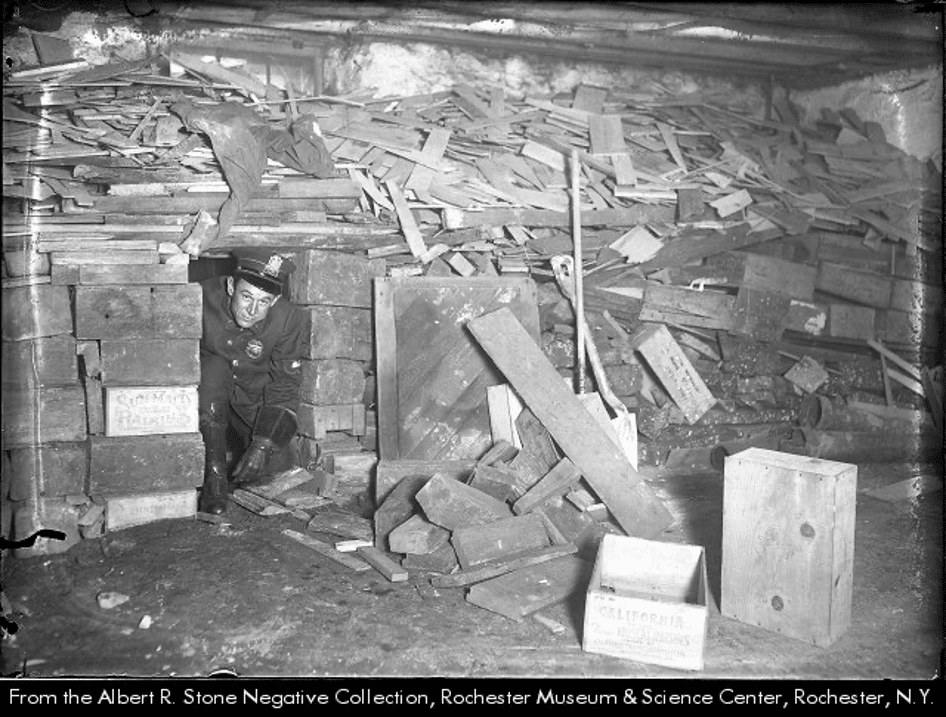
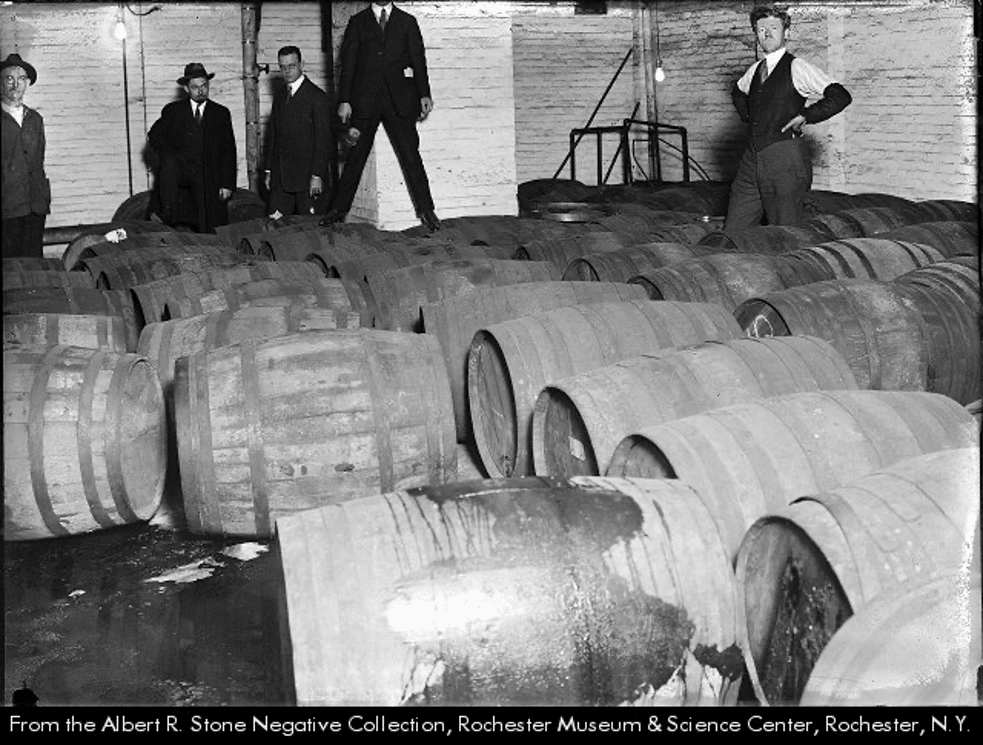
BLACK BUTTON’S PRE-PROHIBITION WHISKEY
When you sip on Black Button’s Pre-Prohibition Style Straight Bourbon Whiskey, you are sipping on a testament to our city’s past. In the years before the production and sale of bourbon was made illegal, distillers heavily used corn in their mash bills. Wheat was expensive, and corn cut costs. Because there wasn’t much time to age in the barrels, these whiskeys were bottled at a higher proof than what we normally see today. A high corn content plus a high proof makes for a particularly rugged whiskey.
Our Pre-Prohibition whiskey consists of 80% Corn, 10% Rye and 10% Malted Barley. Aged four years and bottled at a 92 Proof, it boasts the same strength as a whiskey crafted 100-plus years ago. It is intended to be a little rough around the edges and bold on the nose, while finishing smoothly. You can expect to taste an earthiness mixed with a slightly muted caramel and vanilla sweetness.
With the Prohibition experiment (thankfully) behind us, you can legally purchase this pre-prohibition whiskey at our Tasting Room! Just promise us you won’t be dumping it into any “unappreciative sewers.”
HOW TO ENJOY
Master Distiller Jeff Fairbrother enjoys our Pre-Prohibition Whiskey neat or with a cube. He does prefer it straight so as not to take away from its essence.
Bartender Peggy Gilmartin also recommends enjoying it straight up!
Get yours today: Pick up in store or ship directly to you.
SOURCES:
https://www.cnn.com/style/article/pre-prohibition-whiskey-collecting/index.html
https://rochistory.wordpress.com/2017/01/24/in-search-of-lost-spirits-prohibition-in-rochester-pt-i/

